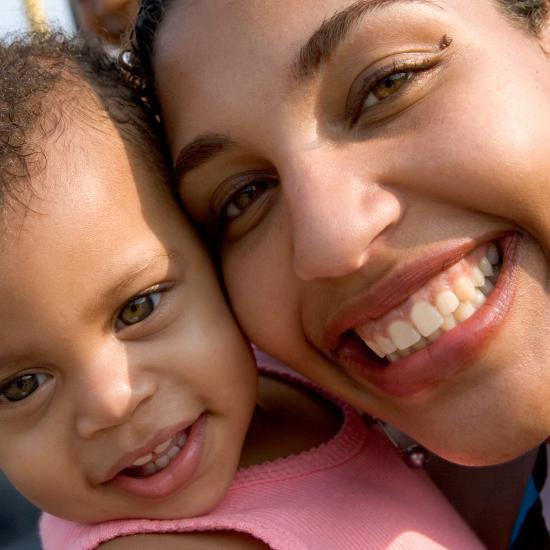Amid Opioid Epidemic, Many Minnesota Women Face Other Addictions
The opiate epidemic looms large in Minnesota. In 2016 alone, opioid overdoses accounted for 395 deaths in our state, an increase of 12% from the previous year. Yet results from Wilder Research’s 5-year study of women served by the Women’s Recovery Services (WRS) grant show that some women across the state continue to face addictions to other drugs at much higher rates. From 2011-2016, methamphetamines, alcohol, and marijuana were the preferred and most commonly used drugs among women served by the WRS grant, and preliminary results from 2017 are showing similar trends among WRS women.
Meth, marijuana, alcohol prevalent among women served by grant
Through grants from the Minnesota Department of Human Services, the Women’s Recovery Services initiative serves pregnant and parenting women (and their families) with substance use disorders. The program is delivered through 12 organizations across the state that provide treatment services, recovery support, and other services to women and their families.
Wilder Research is the evaluator for this grant, and through that role, we see compelling data trends for women served during the 2011-2016 cycle, including:
- The most common drugs used within 30 days of program entry were alcohol (45%), marijuana (45%), and methamphetamines (41%).
- When asked at intake about their primary drug of choice, results were similar to usage numbers in that meth (31%), alcohol (21%), and marijuana (18%) were the most commonly preferred drugs by WRS women.
- At follow-up phone calls completed 6- and 12-months after exiting a WRS program, those women reporting substance use since program exit were most likely to have used alcohol (84%-85%), marijuana (42%-43%), and methamphetamines (29%-32%).
- Data from the first half of 2017 show similar trends: the most commonly used drugs at program entry are methamphetamines (49%), marijuana (39%), and alcohol (36%). Heroin and pharmaceutical opioid use is relatively less common (15% and 11%, respectively) at program entry.
Reflective of drug use trends across MN?
While more research is needed to understand how WRS women’s drug usage compares to statewide trends, a 2016 report to the legislature found that between 2011 and 2014, Minnesotans of all genders entering treatment were most likely to have a primary abuse problem with alcohol (44%-51% of people entering treatment), meth (8%-16%), or marijuana (16-18%). During the same time period, heroin accounted for 7-11% of primary abuse problems among treatment admissions, and all other opiates and synthetics accounted for 8-9%.
Continued support needed for recovery programs
Opiate overdoses account for an alarming and disproportionately large amount of overdose-related deaths in Minnesota. While it’s important to continue devoting resources to the prevention and treatment of opioid use and overdose, we cannot forget that many struggle with addictions to other drugs, including the majority of the women and families served by the 12 recovery programs funded by the Women’s Recovery Services program. Minnesota should continue investing resources to help these women and their families.
WRS grantees provide critical support to women and their families, and have proven impacts on their lives. The 5-year study showed that women who participate in a WRS program are significantly more likely to be substance-free at closing, connected to recovery supports like Alcoholics Anonymous or Narcotics Anonymous, in housing that is supportive and stable, and connected to mental health services, health insurance for them and their children, and medical clinics. To learn more about the women served by the grant and the outcomes of the WRS program, check out the 2011-2016 5-year report – and stay tuned for future learnings on the current grant cycle later in 2018.

